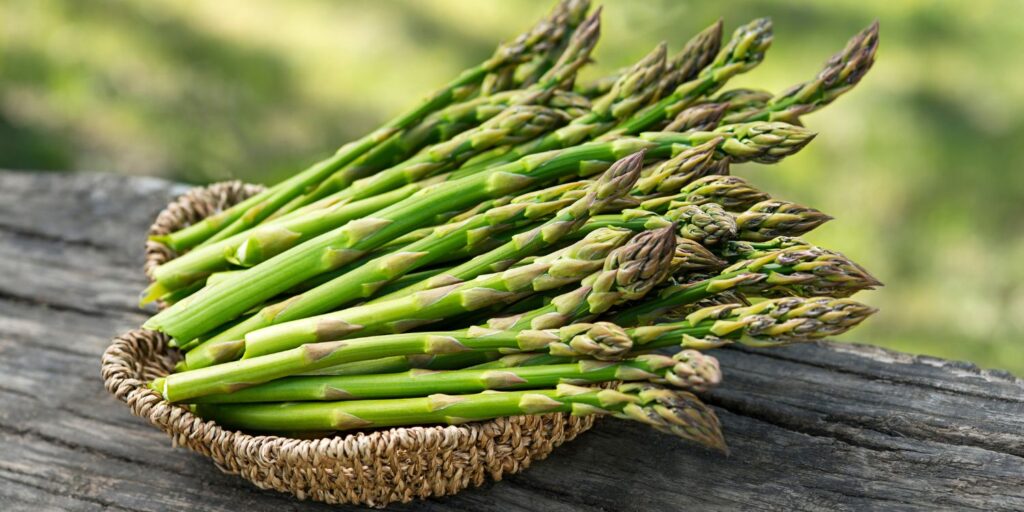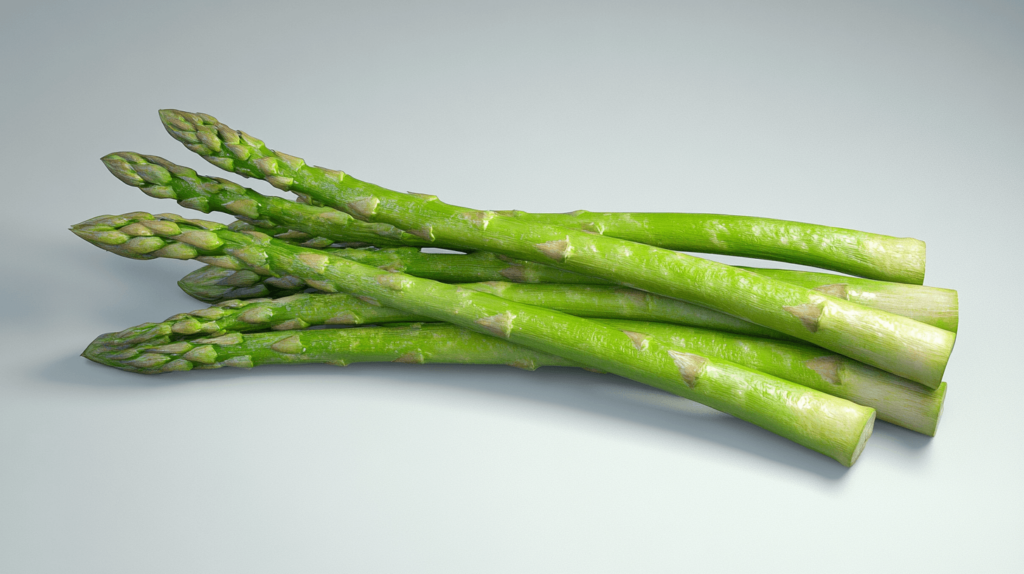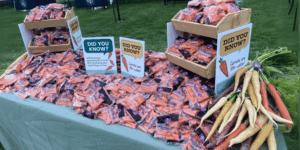Increasing reliance on imports and shifting consumer preferences highlight the dynamic U.S. asparagus market.
American consumers are increasingly incorporating fresh asparagus into their diets, with a significant portion of the supply now sourced from imports. The USDA’s data reflects a rise in per capita vegetable availability for fresh asparagus from 0.81 pounds in 2000 to a peak of 1.78 pounds in 2021. However, 2022 saw a slight dip to 1.53 pounds per capita, according to USDA statistics.
Asparagus imports have progressively dominated the U.S. market. In 2000, imports constituted 51% of the total asparagus supply. This figure rose to 68% in 2005, 85% in 2010, 90% in 2015, and reached 94% by 2022. This trend underscores the increasing reliance on imported asparagus to meet consumer demand.
Retail data from Circana for the year ending January 28 showed total asparagus sales at $767.7 million, a 5.4% decline from the previous year. Conventional asparagus, making up 95% of these sales, saw a 6% decrease, amounting to $730.4 million. On the other hand, organic asparagus sales, which account for 5% of the total, grew by 6.9%, reaching $37.2 million. Despite the overall drop in sales, organic asparagus showed resilience, with volume up by 10.2%, whereas the conventional supply volume fell by 13.7%.
The average price per unit for asparagus increased to $3.25, an 8.3% rise compared to the previous year. Specifically, organic asparagus saw a 3% reduction in average unit price, while conventional asparagus prices climbed by 9%.
According to The Packer’s Fresh Trends 2024, based on a survey conducted in October 2023 involving over 1,100 consumers, 37% of respondents indicated they purchased asparagus in the past year. Notably, asparagus purchases were more common among higher-income consumers, with 49% of those earning over $100,000 annually reporting purchases, contrasted with only 18% of consumers earning less than $25,000.

As highlighted in The Packer report, household composition also influenced purchasing patterns. Households with three or more dependent children had a purchase rate of 46%, significantly higher than the 35% purchase rate among households without children. Geographically, Western U.S. consumers were the most likely to buy asparagus, with a purchase rate of 41%, while consumers in the South reported the lowest purchase rate at 34%.
Age also played a role in asparagus buying habits. Older consumers, particularly those in the 50-59 age group, showed the highest purchase rate at 47%, whereas the youngest group, aged 18-29, had the lowest at 25%.




















